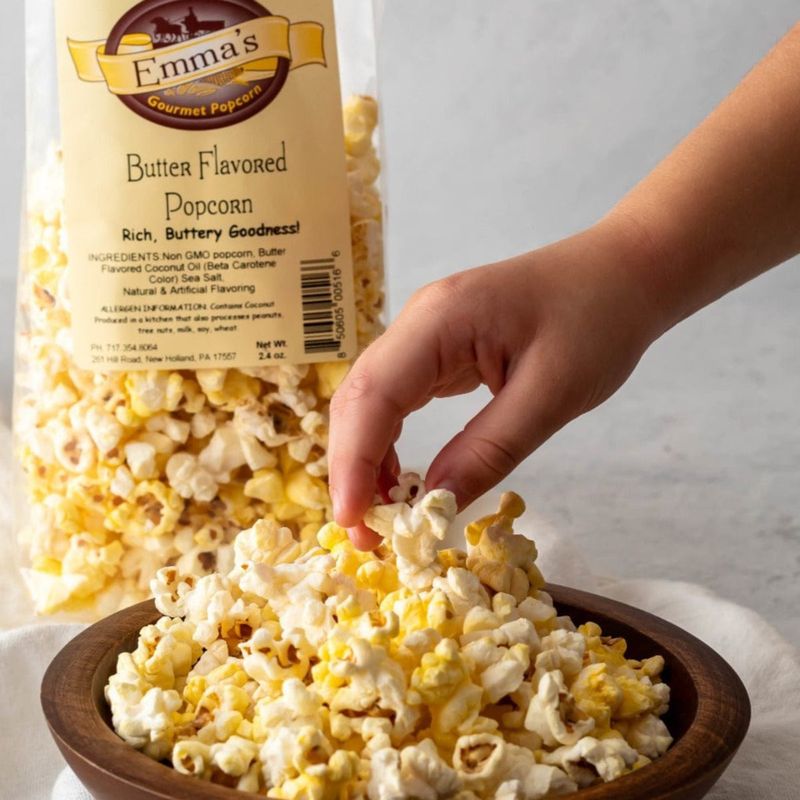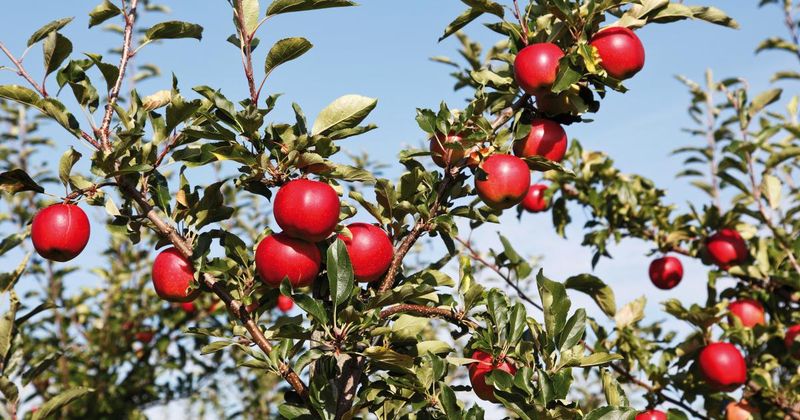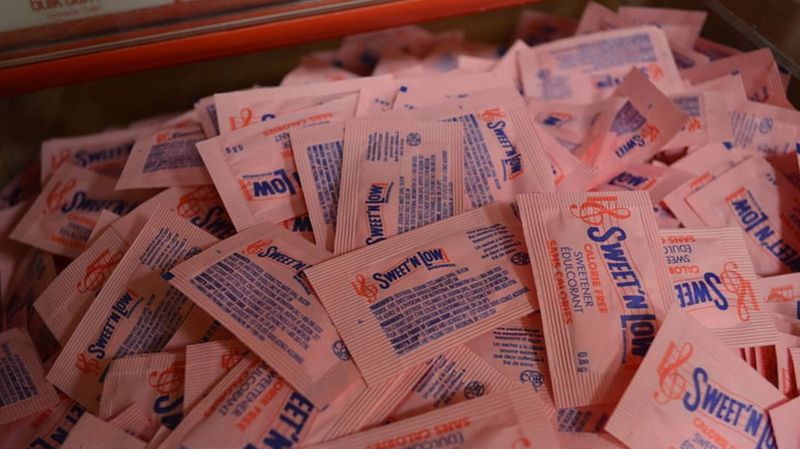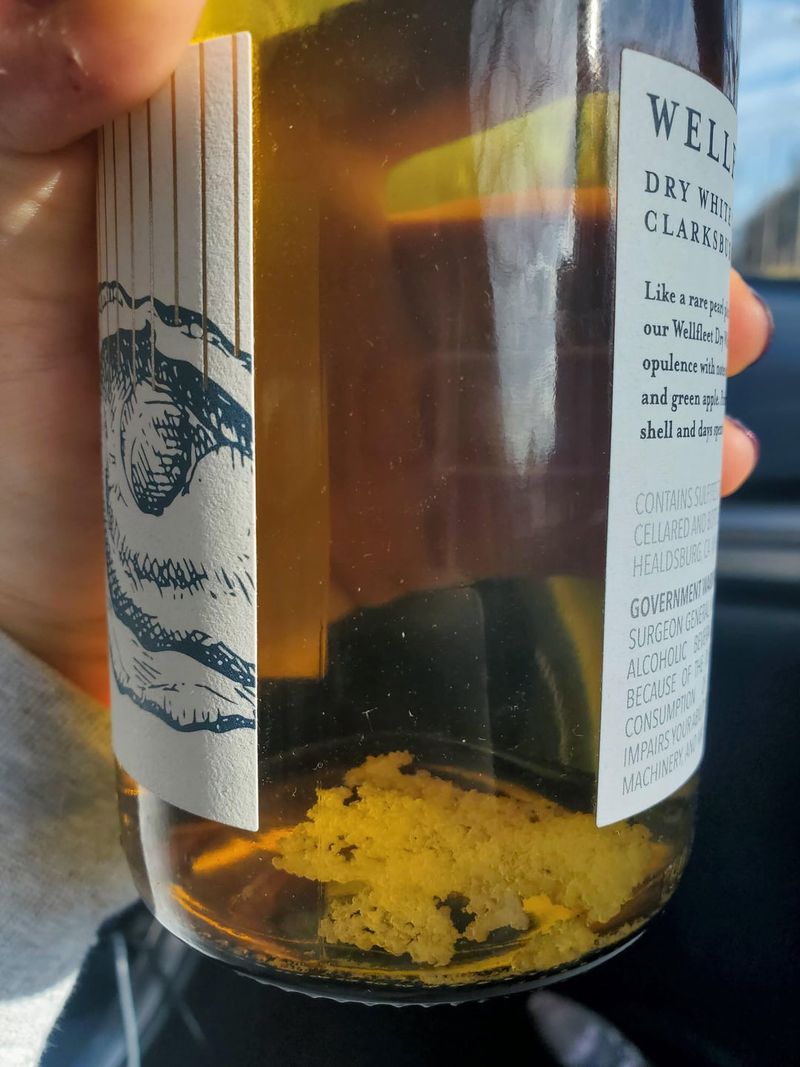15 Things People Ate in the 70s That Are Now Banned

The 1970s was a decade of culinary exploration, featuring many foods that are now banned, discontinued, or heavily restricted due to changes in food safety regulations. This article explores 15 such items that were once staples on dining tables but have since been removed for various health and safety reasons.
1. Red Dye No. 2

Once the star of vivid candies and bright cereals, Red Dye No. 2 was synonymous with the colorful cuisine of the 1970s. However, its vibrant appeal came under scrutiny when studies linked it to cancer in lab rats. The dye’s association with potential health risks led to its ban by the FDA in 1976, causing a significant shift in food manufacturing practices. Today, the legacy of Red Dye No. 2 serves as a cautionary tale about the balance between visual appeal and health. A striking reminder of changing food safety standards.
2. Cyclamate Artificial Sweetener

In the quest for low-calorie sweetness, Cyclamate reigned supreme during the ’70s. This artificial sweetener, found in diet sodas and desserts, promised guilt-free indulgence. Yet, its seemingly harmless allure faded when concerns about a potential cancer link arose. The U.S. banned Cyclamate in 1970, though it remains in use elsewhere. The Cyclamate saga underscores the complexities of artificial sweeteners and their impact on health perceptions. A reminder of the ever-evolving narrative of diet culture. Nostalgia for an era of sweet simplicity, tempered by cautionary insights.
3. Asbestos-Filtered Beer

The 1970s beer scene had a dark secret, hidden beneath its frothy surface. Asbestos, known today for its severe health risks, was once used in beer filtration. This alarming practice was discontinued and banned by the late ’70s, leaving behind tales of caution in the brewing industry. The use of asbestos in beer highlights the stark contrast between past and present safety regulations. It serves as a historical footnote of how far food safety has come. A sobering story of transformation in consumer protection.
4. Kinder Surprise Eggs (U.S.)

In many parts of the world, Kinder Surprise Eggs are a beloved treat. However, in the U.S., their charming exterior conceals a history of regulatory challenges. The embedded toy capsules presented a choking hazard, leading to a ban on these chocolate delights. Kinder Eggs embody the clash between joy and safety, as their ban raises important questions about consumer protection. While they evoke nostalgia and global fondness, they also highlight the role of regulations in safeguarding children. A chocolatey conundrum in the land of the free.
5. Brominated Vegetable Oil (BVO)

Brominated Vegetable Oil once kept flavoring evenly distributed in citrus sodas during the ’70s. Drinks like Mountain Dew relied on BVO for consistency, but health concerns eventually led to its phase-out. By 2024, foods in the U.S. will no longer include BVO, marking the end of an era in beverage manufacturing. This ingredient’s journey from essential to obsolete reflects broader trends in consumer health awareness. A fizzy tale of adaptation and change in the soft drink industry. BVO’s legacy lingers in the memory of citrus soda aficionados.
6. Pink Slime (in School Lunches)

In the realm of school lunches, ‘pink slime’ stirred significant debate. This term refers to mechanically separated beef trimmings treated with ammonia, used in school meats until the 2010s. Public backlash led to its removal from many lunch programs, sparking a reevaluation of food quality in schools. Pink slime’s presence in education settings highlights the tension between cost-efficiency and nutritional standards. Its story is a testament to the power of public advocacy in shaping food policy. A topic that lingers in discussions about what children eat.
7. Lead-Soldered Canned Foods

Lead-soldered cans were once a common sight in the ’70s pantry. The lead used in sealing these cans posed a risk as it leached into acidic foods over time. Recognizing the hazard, the FDA banned lead-soldered cans in 1995, prioritizing consumer safety. This change marked a significant milestone in food packaging standards. The era of lead-soldered cans serves as a reminder of how far food safety practices have evolved. A pivotal moment in the journey towards safer consumer products. The past preserved in tin and lead.
8. Olestra (in snack foods)

Olestra, a fat substitute, was aimed at guilt-free snacking. Introduced in the mid-’90s, it echoed earlier trends from the ’70s. Despite its promise, Olestra caused digestive issues, leading to its decline in popularity. This fat substitute’s story highlights the challenges of balancing health benefits with adverse effects. Olestra’s brief moment in the snack food spotlight shows the complexities of dietary innovations. A crunchy chapter in the history of food science, blending ambition with unintended consequences. The quest for low-fat indulgence continues.
9. Artificially Colored Butter Popcorn

Butter popcorn’s allure in movie theaters was enhanced by vivid artificial colors during the ’70s. These colors, once common, now face scrutiny and bans in some countries due to health concerns. The transformation of butter popcorn from vibrant to natural hues marks a shift in consumer expectations. This change mirrors broader trends in seeking authenticity and safety in food. The story of artificially colored popcorn is a testament to evolving standards. A buttery emblem of nostalgia, reflecting shifting priorities in taste and safety.
10. Raw Milk (in many states)

Raw milk, unpasteurized and straight from the cow, was more common in rural areas during the ’70s. However, health concerns about bacteria led many U.S. states to ban its sale for safety. The raw milk debate underscores the tension between traditional practices and modern safety standards. Advocates praise its natural qualities, while critics point to potential health risks. This dairy dilemma continues to provoke discussion about the balance between tradition and innovation. A glass of contentious history, nestled in pastoral nostalgia.
11. Alar-Treated Apples

Alar, a growth regulator, once gave apples their appealing shine and extended shelf life. Common in the ’70s, it was banned in 1989 after health risks became public. The Alar controversy reflects the ongoing dialogue about food safety and agricultural practices. These apples, once symbols of freshness, became a focal point in discussions about chemical use. The tale of Alar-treated apples highlights changing perceptions of acceptable farming techniques. A fruity metaphor for the complexities of food safety debates and consumer awareness.
12. Trans Fats (Partially Hydrogenated Oils)

Trans fats, found in margarine and processed foods, were a staple in the ’70s. They offered convenience and texture, but their link to heart disease led to a U.S. ban. This shift marks a significant evolution in nutrition science and consumer health priorities. The rise and fall of trans fats illustrate the dynamic nature of dietary guidelines. A staple turned cautionary tale, trans fats remind us of the importance of ongoing research and adaptation in food policies. A pivotal chapter in the narrative of dietary health.
13. Saccharin-Loaded Diet Products

Saccharin, the sweetener of choice in ’70s diet sodas, carried promises of guilt-free consumption. However, cancer concerns led to warning labels and controversy. The saccharin story underscores the complexities of diet products and regulatory decisions. Its continued use in some countries reflects ongoing debates about artificial sweeteners and health. This tale of saccharin highlights the shifting landscape of dietary trends and consumer preferences. A fizzy illustration of how perceptions and regulations can evolve over time. The sweet and sour side of dietary innovation.
14. Tartaric Acid in Wine Coolers (in excess)

Tartaric acid, a natural component in winemaking, was used in excess in some ’70s wine coolers. While not banned, certain formulations faced scrutiny and reformulation. The story of tartaric acid in wine coolers highlights the importance of balanced ingredient use. It reflects broader trends in refining alcoholic beverage production for health and taste. A fizzy glimpse into how industry practices adapt to consumer and regulatory changes. The journey of tartaric acid in wine coolers is a sparkling example of evolving beverage standards.
15. Novelty Candies with Hidden Toys

Novelty candies with hidden toys were a ’70s delight, sparking joy and surprise. However, the embedded trinkets posed choking hazards, leading to a U.S. ban. The tale of these candies reflects ongoing safety concerns in confectionery. Their charm lies in their ability to captivate, yet they highlight the need for vigilance in product safety. This sweet story underscores the balance between creativity and responsibility in candy production. A playful reminder of childhood joys tempered by the importance of safeguarding young consumers.
